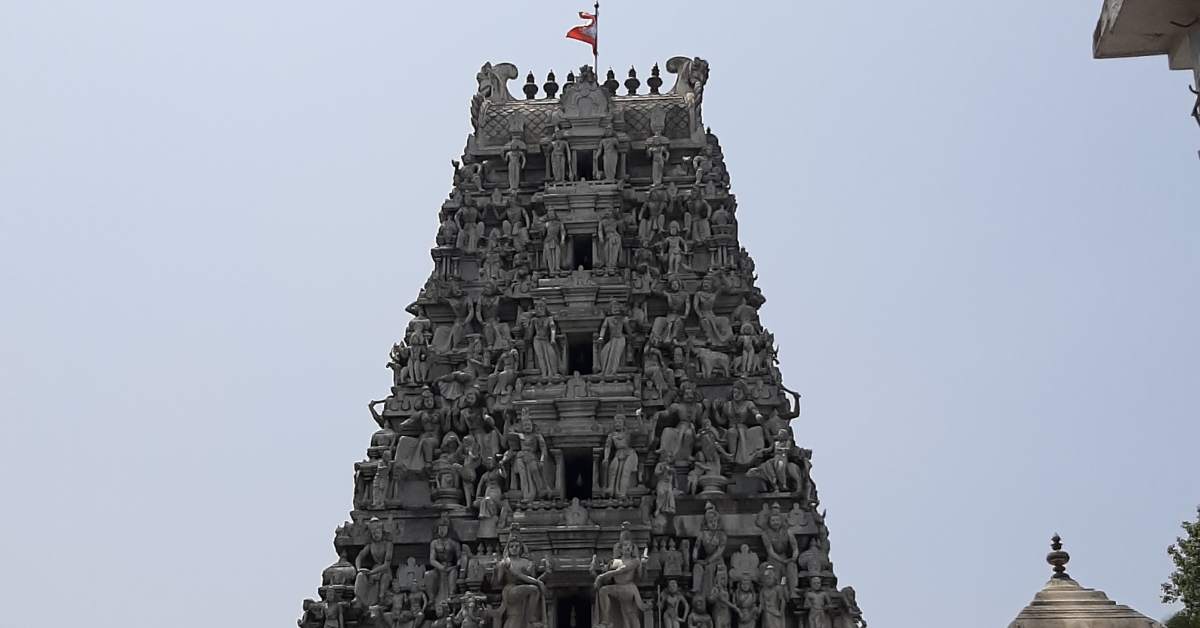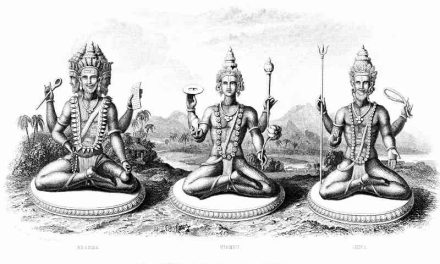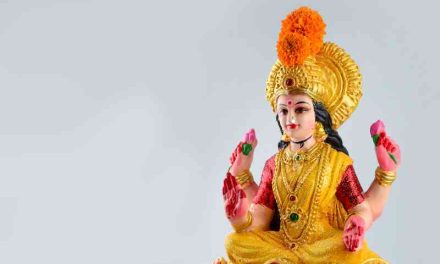For years, yoga was a physical practice for me. It was a way to unwind after a long day, stretch my tight muscles, and maybe even improve my posture. But there was always this nagging feeling that there was more to it. I’d heard whispers about yoga’s deeper spiritual aspects, about meditation, and achieving a sense of inner peace. But it all seemed shrouded in mystery.
Then, I stumbled upon the Yogashikha Upanishad. This ancient text, though short, opened a doorway to a whole new world. It spoke of meditation not as some mystical practice, but as a way to train the mind, to quiet the constant chatter, and ultimately, to discover the true essence of oneself.
Intrigued, I decided to delve deeper. The Yogashikha Upanishad describes a few meditation techniques, each with its own unique approach. Here are the three that resonated most with me:
The Mantra Meditation:
This technique involves focusing on a mantra, a sacred sound or phrase. The text suggests “Om” as a powerful mantra, but emphasizes that the specific sound is less important than the focus and intention behind it.
In my practice, I found myself chanting “Om” slowly and rhythmically, feeling the vibration resonate within me. With each repetition, my mind would quieten a bit more. It wasn’t easy at first. Thoughts would pop up like pesky weeds, pulling my attention away. But with gentle persistence, I learned to acknowledge them and let them go, returning my focus to the mantra.
The Breath Awareness Meditation:
This technique involves simply observing your breath. The Yogashikha Upanishad emphasizes the connection between the breath and the mind. By observing our breath, we can learn to control it, and in turn, influence the state of our mind.
I found this practice surprisingly calming. Sitting comfortably, I closed my eyes and focused on the sensation of my breath entering and leaving my nostrils. It was fascinating to observe the natural rhythm of my breath, sometimes slow and deep, other times quick and shallow. By simply observing, without judgment, I found a sense of inner stillness.
The Inner Light Meditation:
This technique involves visualizing a radiant light within your heart center. The Yogashikha Upanishad suggests this light represents the divine spark residing within each of us.
This meditation felt almost magical. With my eyes closed, I imagined a gentle, warm light emanating from my chest. As I focused on this inner light, I felt a sense of warmth and peace spreading throughout my body. It wasn’t a blinding light, but a soft glow that brought a sense of comfort and security.
The Yogashikha Upanishad doesn’t claim that these techniques are a one-size-fits-all solution. It encourages experimentation and finding what works best for you. Over time, I discovered that sometimes a combination of these techniques worked wonders. Perhaps I’d start with the mantra meditation, then transition to breath awareness, and finally, end with visualizing the inner light.
The journey hasn’t been without its challenges. There are days when my mind feels like a runaway train, and focusing feels impossible. But the Yogashikha Upanishad has been a constant source of encouragement. It reminds me that meditation is a practice, not a destination. It’s about showing up, even on those challenging days, and slowly, gently coaxing the mind towards stillness.
The impact of these meditation practices has been profound. I don’t just feel the physical benefits of yoga anymore; I experience a sense of inner calm and clarity that spills over into all aspects of my life. The constant chatter in my head has quieted down, replaced by a newfound sense of peace.
The Yogashikha Upanishad may be an ancient text, but its teachings feel remarkably relevant for our modern world. If you’re looking to go beyond the physical postures of yoga and explore the path towards inner peace, I encourage you to delve into this timeless wisdom. You might be surprised by the profound impact it can have on your life.
The Guru’s Role in Yoga Practice: Insights from My Yogashikha Revelation
Imagine my surprise. Here I was, picturing yoga as a strictly individual pursuit, and this revered text emphasized the crucial role of a teacher, a guide. Intrigued, I delved deeper.
The Dispeller of Ignorance: A Beacon in the Darkness
The Yogashikha Upanishad beautifully describes the guru as a dispeller of ignorance. Think of it like this: we all navigate life with blind spots, areas where our understanding is limited. The guru, with their wisdom and experience, acts as a lamp, illuminating these hidden corners of our being.
In my yoga practice, this translated beautifully. There were poses I thought I was mastering, only to have a teacher gently point out misalignments that could lead to injury. They weren’t just correcting my form; they were dispelling my ignorance about how my body truly worked.
Similarly, the Yogashikha Upanishad talks about the subtle world within – our thoughts, emotions, and energy. Here too, a guru’s guidance becomes invaluable. They can help us see our own mental patterns, emotional triggers, and energetic blockages that might be hindering our progress.
A Mirror Reflecting Your True Potential
Another powerful image from the Yogashikha Upanishad compares the guru to a mirror. We often struggle to see ourselves clearly. We get caught up in self-doubt, insecurities, and limiting beliefs. A true guru acts as a mirror, reflecting back our true potential, the strength and resilience we might not have noticed on our own.
This resonated deeply with me. There were days when I felt utterly incapable of achieving a particular pose. But a good teacher, with their unwavering belief in my abilities, could see the potential hidden beneath the frustration. Their encouragement became a mirror, reflecting my own inner strength and motivating me to keep pushing.
The Catalyst for Transformation: More Than Just Poses
Perhaps the most transformative aspect of the guru’s role, as highlighted in the Yogashikha Upanishad, lies in their ability to ignite a fire within us. It’s not just about mastering headstands or achieving perfect splits. Yoga, according to this text, is a journey inward, a quest for self-realization.
A good guru becomes a catalyst for this transformation. Through their teachings, practices, and personal embodiment of the yogic principles, they inspire us to dig deeper, to explore the vast landscape within.
Finding My Guru: Not Just a Title, but a Connection
The Yogashikha Upanishad emphasizes that a guru isn’t just someone with a fancy title. It’s a connection, a resonance between teacher and student. After reading the text, I started looking for this connection in my yoga classes.
It wasn’t about finding someone who could bend themselves into impossible shapes. It was about finding someone whose teachings resonated with me, someone who could see my potential and guide me with compassion and wisdom.
And guess what? I found them. My yoga practice transformed from a solitary pursuit to a collaborative journey. With the guidance of my teacher, I’m no longer just stretching my body; I’m stretching my mind, expanding my awareness, and embarking on a path of self-discovery that I never knew existed.
The Yogashikha Upanishad opened my eyes to the profound role of the guru in yoga practice. It’s not just about the physical postures; it’s about a holistic transformation, and a good teacher is an invaluable guide on this incredible journey.





